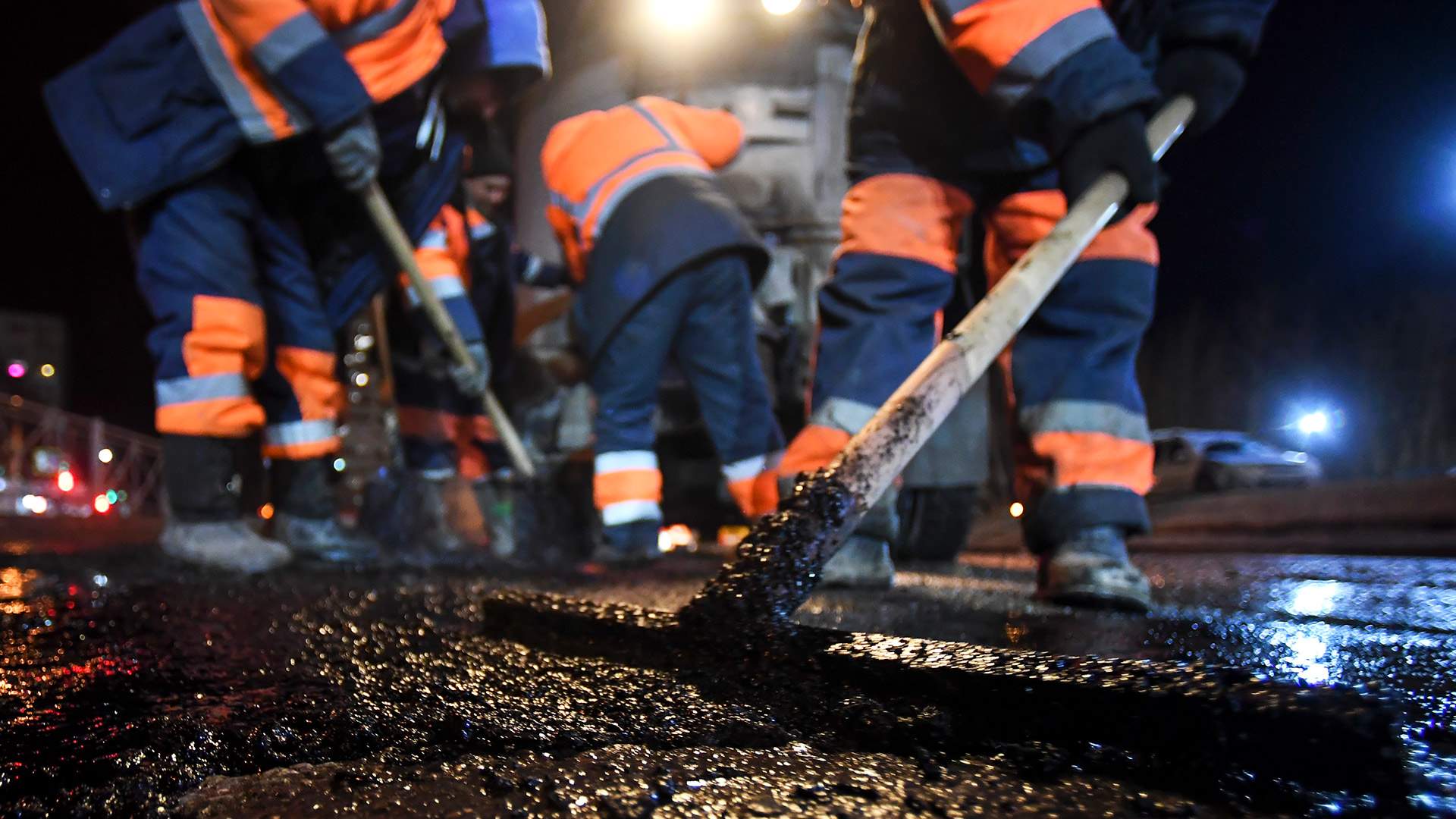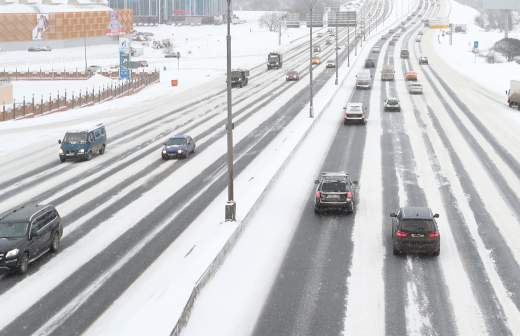- Статьи
- Internet and technology
- Puddle Detector: AI will find holes and defects on roads ten times faster.
Puddle Detector: AI will find holes and defects on roads ten times faster.

Russian scientists have presented a system based on artificial intelligence designed for automated monitoring of the condition of roads and detecting with high accuracy defects in the roadway — holes, potholes, marking violations. The implementation of the technology has become possible thanks to a comprehensive set of solutions that combine AI and vibroacoustic analysis. It is used in the road laboratories of the universities of MTUCI and MADI, and its practical application is planned in the future. Whether the methodology will help make Russian roads safer and more comfortable for drivers is in the Izvestia article.
Analysis of pavement defects
Scientists from the Moscow Technical University of Communications and Informatics (MTUCI) and the Moscow Automobile and Road Construction State Technical University (MADI) have created a technology for analyzing defects in the working surface. Now it can be used to identify problems related to marking violations, potholes, and other types of problems that similar solutions could not handle.
Combining acoustic analysis of pavement wear and AI is a relatively new and promising area. Acoustic data can be used as an additional "modality" when using neural network models, Ksenia Polyantseva, Acting Deputy dean of the Faculty of Information Technology (IT) for scientific work at MTUCI, told Izvestia.
— The developed model will allow automating the processing of asphalt pavement images obtained using automobile and road scanners to assess the condition of the roadway. This will greatly speed up the process of diagnosis and repair planning. Previously, when using acoustic analysis, sensors located on the road laboratory recorded the sounds of the environment and the roadway, and then the expert listened and evaluated certain data. Now, using AI methods, it is possible to filter out noise, identify significant signals and then classify defects," she noted.
The developed technology is currently being tested and is being used in the MTUCI and MADI road laboratories. The functionality is being implemented gradually during the implementation of scientific research, the press service of MTUCI clarified. They also reported that an increasing number of neural network models are appearing in mobile road labs, which are optimized for operation on microcomputers. As an example, experts cited the MobileNetV4 program (it was created at Google) for road drones, which runs 10 times faster on Raspberry Pi series computers.
— We are already developing a toolkit that includes the integration of data from various sources, such as laser scanners and radars, for a more complete analysis of the condition of roads. Work is also underway on adaptive models that can learn on the go and adapt to new operating conditions. Improved interfaces and integration with infrastructure management systems will help make the technology more accessible and user—friendly," concluded Ksenia Polyantseva.
The pros and cons of AI analysis of road conditions
The development is promising, but its replication runs into a technological barrier associated with the degradation of computer vision models when the conditions of use of the system change. For example, related to the natural features of specific regions. As a result, the accuracy of detecting and classifying defects by various instances of the system in the field may differ significantly from the nominal one, says Alexander Bukhanovsky, director of the Megafacult of Translational Information Technologies at ITMO University, scientific director of the Strong Artificial Intelligence in Industry Research Center, expert at the ITMO-based NTI Competence Center for Machine Learning and Cognitive Technologies.
— For this reason, the further development of such solutions requires, on the one hand, the introduction of automatic machine learning elements into their algorithms, capable of effectively configuring the structure of the neural network to take into account the specifics of use in a particular area. On the other hand, it is necessary to think about a single cloud ecosystem for the continuous training of AI models themselves on newly received data," he added.
From a technical point of view, the integration of acoustic analysis with AI is a truly breakthrough approach by automating routine processes and improving diagnostic accuracy. However, questions remain about scalability.: Daniil Arzhakov, senior lecturer at the Department of Esports at the Department of Gaming Industry and Esports at Synergy University, clarified how the system will behave in conditions of strong interference, for example, in dense urban traffic or in bad weather.
— In addition, the claimed processing speed requires independent tests — often such solutions "slow down" when working with real data. If developers can solve these problems, the technology has every chance of becoming the industry standard," he said.
In the context of the need for a systematic approach to managing the lifecycle of road facilities, technology can have significant potential for scaling and testing, including in national projects and government programs aimed at modernizing and digitalizing the transport industry, says the director of the Autonomous Non-Profit Organization Sports and Methodological Center, Department of Esports, which conducts comprehensive scientific and practical research in the field of high technologies, esports and artificial intelligence, Victoria Beresneva. According to her, the technology has every chance of being widely used.
Переведено сервисом «Яндекс Переводчик»





